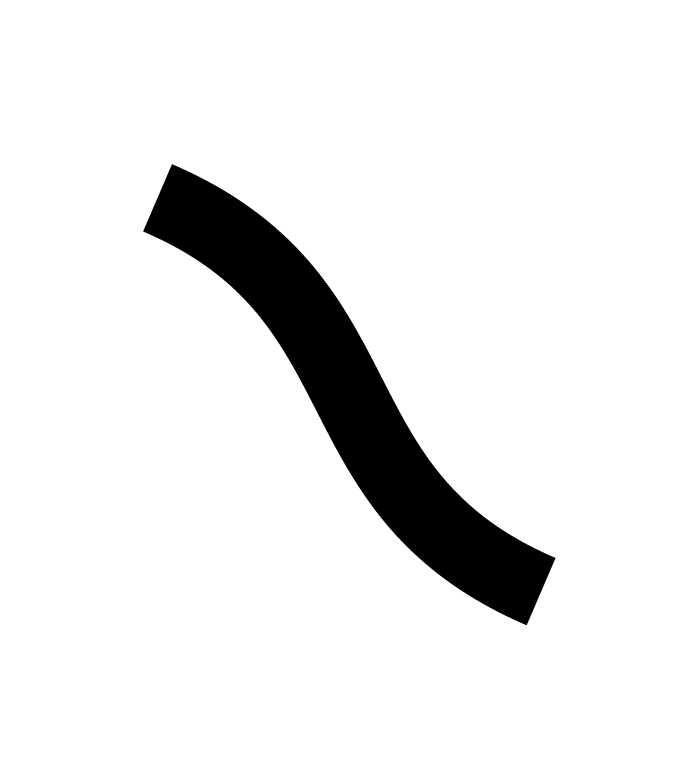ARCHITECTURE ON THE COUCH
Project: Le siège du Parti communiste français (PCF HQ)
Method: Architecture on the Couch
Artwork - video installation with soundtrack: Architecture on the Couch, 2024
Dimensions: Variable
Duration: 1hr 20’
Extract of film shown here: 0’0”-3’38”
Collaborators: Sophie Warren & Jonathan Mosley with Lita-Crociani-Woodland and Nigel Williams
Film credits: Visuals – Warren + Mosley; soundtrack - Éléonore Godeau as psychodynamic therapist and Gabriel Paixão as Le siège du Parti communiste français, treatment by Soundforce
Project: Le siège du Parti communiste français (PCF HQ)
Method: Architecture on the Couch
Work: Architecture on the Couch, 2025
Collaborators: Sophie Warren & Jonathan Mosley with Lita-Crociani-Woodland and Nigel Williams
Film credits: Visuals – Warren + Mosley; soundtrack - Éléonore Godeau as psychodynamic therapist and Gabriel Paixão as Le siège du Parti communiste français, treatment by Soundforce
Duration: 1hr 20’
Extract shown here: 0’0”-3’34”
If only buildings could talk. If they could, what would they say about hopes and desires, unresolved conflicts and hauntings? We dreamed about putting architecture on the couch, giving it a voice to unearth unconscious aspects of its subjectivity. Le Siège du Parti communiste français is our first case study to undergo psychotherapy.
In preparation for the therapy, we created a family tree for le Siège, which identifies significant relationships and influences on the building's character. The therapist adapts a psychodynamic process for the architectural subject who is now the ‘client’. Two stand-ins for the building undergo therapy and for the first time since its inception, le Siège finds its voice. In this instance the stand-ins are Warren and Mosley, after having spent three months at le Siège as artists-in-residence - circulating its spaces, meeting the comrades, sifting through the archives and interviewing one of the original architects. They witnessed events as they encountered them, often happenstance and as on-lookers.
Imagining how a human can stand-in for a building begins the process of interchange, play and affect on and between different entities. Now when we each say ‘I’, we ask ourselves who and what are we becoming? What emerges through the therapeutic conversations is an architectural antagonism or a schism that runs like a fissure through the building's identity. Le Siège encounters its double - Espace Niemeyer – and within a cult of personality, a premonition of its own death. Past traumas repeat and ripple through its built form, affecting those who occupy it. Through the course of therapy a psychological profile of le Siège reveals a building that has learnt how to survive by shapeshifting and name changing. By the end of therapy a future starts to propose itself. A future that isn’t like the past.
In our process, the therapeutic sessions become the basis for a script. The script condenses six hours of therapy into an eighty minute audio-visual work created for exhibition. This introduces you to a building that is negotiating the pressures and realities of its context and time.
